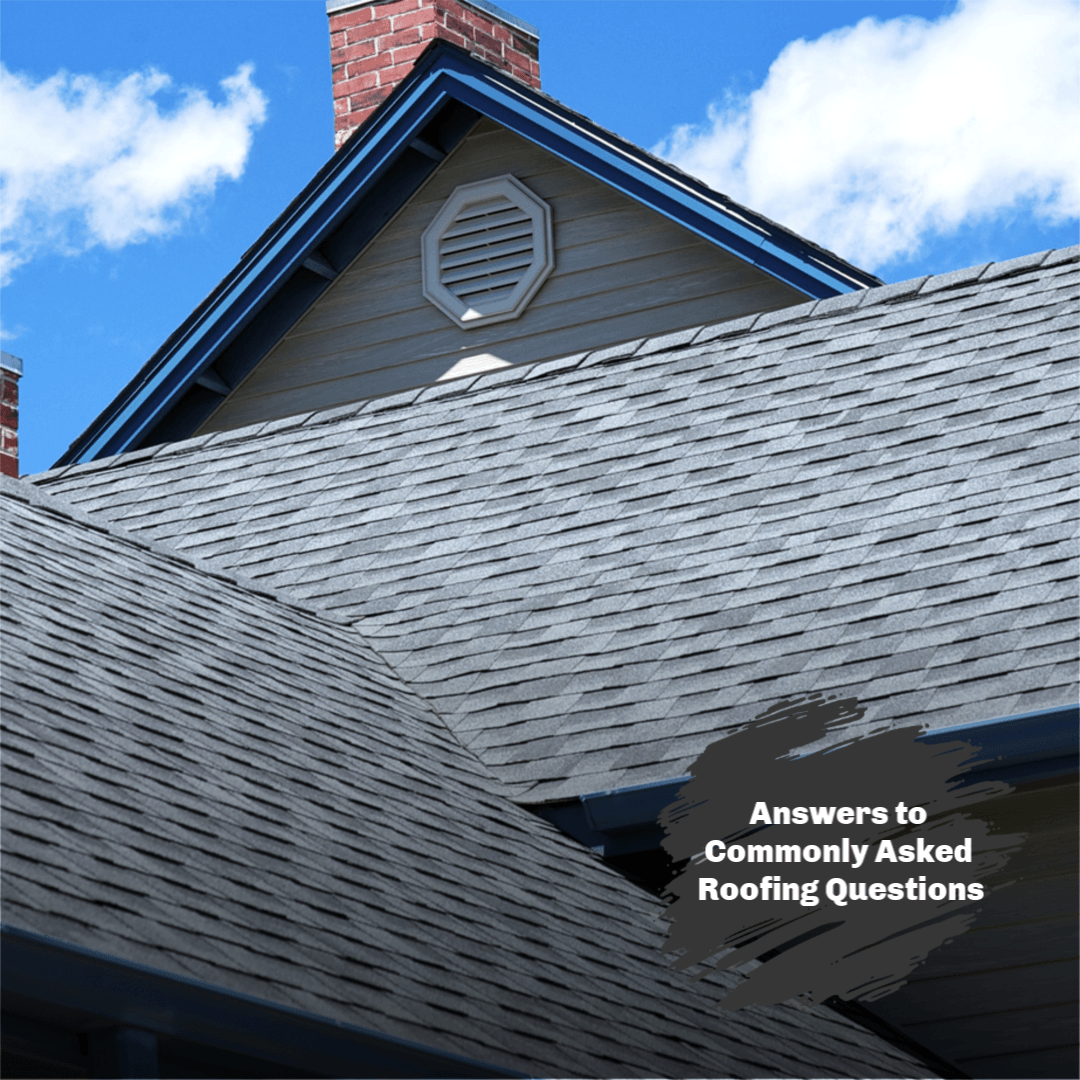The roof is one of the most critical elements of any facility – ensuring that the structure is durable, sturdy, and protected from meteorological conditions. The roof sustains additional stress and weight during heavy rainfall, sun, strong winds, and snow.
If you’re like me, your knowledge of the roof on your home or business is pretty minimal and basic at best.

When you build a home, or you purchase a new home, you usually opt for a roof with a slight slope and ceiling space. Sometimes, however, designers and architects suggest implementing a flat roof. Where you live plays an important part in determining the type of roof you should have as well. To help you determine the pros and cons of a flat roof and whether it’s the right option for you, read here.
Another thing that we all know, the initial investment to build a durable and quality roof can sometimes be quite high. You don’t want it to fail and end up damaging the belongings inside your home just because you neglected to maintain it. Although professional roofers can handle most problems and damages, you can do many things yourself that will save you significant amounts of money.
So, we picked a roofer’s brain and got answers to some common questions about how to maintain your roof surfaces.
What is the best roofing material to use?
There’s no precise answer to this question because it depends on many factors. The most important is the location of your facility and its climate. Different types of roof covers will suit for different weather conditions. But the financial aspect is what generally plays the most significant role.
When considering the price/quality ratio, professional roofers generally recommend standard asphalt shingles. Their price range also varies. If you can afford it, buy those more expensive. Reason? They can withstand severe storms, hail, and wind strikes. You get what you pay for!
The next recommendation is wooden or metal shingles, which can last far longer than classic tiles. With proper maintenance, you don’t have to change a thing in the next 50 years. Roofers in Nordic countries like the takläggare i Stockholm (roofers in Stockholm) suggest these covers as they can withstand heavy snowfalls and temperature oscillations.

When the price is not the eliminating factor, but you want the roof to remain in its original state for a long time, opt for slates or shingles made of plastic polymers. Slates are among the most expensive roofing materials, but their characteristics are top-notch. They are water and fireproof, durable, prone to cracks, and also eco-friendly, as you do not have to change it for the next few decades.
Is roof washing really necessary?

Personally, I was of the opinion that each time it rained, the roof was washed clean. Wrong! Even the most expensive roofing cannot avoid the consequences of aging and weather conditions.
After a while, you will begin to notice the appearance of moss, dirt, algae, and mold on the roof – or the tile itself will have changed color. If there is no other damage, you don’t have to change the tiles – only if you don’t like how they look.
In other cases, yes, roof washing is necessary – as needed, and as a preventive measure, every two years. Every discoloration is some form of contamination that can damage your roof and penetrate the interior of your home. (Who knew, right?)
Timely removal can be done with power washers, or with a garden hose that has a specialized extension. Don’t forget the gutters – if the are clogged, they can also cause roof leaks and moisture to seep inside the house.
How will I know if my roof leaks?
Finding the exact spot where your roof is leaking is a difficult task. The first thing you need to know is that the reason for the inner dampness is not always upstairs. The more layers your roofing has, the harder it will be to find out exactly where the problem is. Use your logic, and it’s also good to know how water behaves in certain conditions.
For example, if stains on the ceiling and interior walls only appear when it is raining, it is clear that the problem is the roof. If water appears immediately after the onset of rainfall, the problem is right above or somewhere near.

If there are ‘weak’ spots on your roof, such as inlets, laps, or joints with a skylight, chimney, or another slope, these can be sources of problems. Sometimes the wind can bring water under the tiles or into cracks in the attic. Check all joints regularly, especially after heavy rainfall or storms. Extra layers of sealing won’t hurt.
Regular checking of the roof doesn’t take much time, and it can mean a lot. Replacing several broken shingles is much cheaper than repairing an entire roofing construction that has been damaged by moisture. Think about it and look up from time to time.
I hope you’ve found these answers to some frequent roofing questions helpful!



